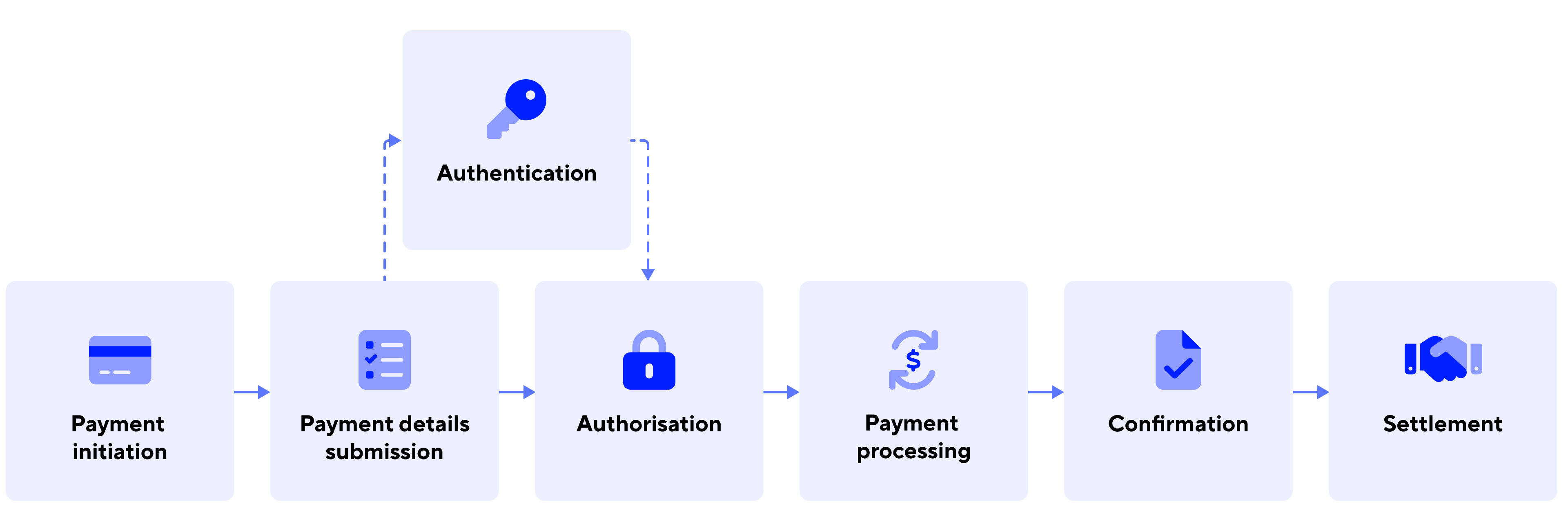🧾 Methods guides
Dive deeper into the Payment methods and flows.
Corefy offers a variety of Payment methods based on the peculiarities of your business cases and needs. Such business cases cater to solutions for e-commerce, enterprises and marketplaces. However, there are certain levels of distinctiveness when choosing Payment methods set for a specific case. Here is a high-level overview of what to consider before dealing with different Payment methods.
What is a Payment method?
A Payment method is a mechanism or process through which a Customer can transfer funds to a Merchant in exchange for goods or services. Payment methods encompass various tools and technologies that facilitate financial transactions. They influence various aspects of the transaction process, from security and speed to cost and convenience. Using different Payment methods is vital for businesses to meet Customer needs and enhance their purchasing experience.
For E-commerce
Diversity of Methods is the top priority for the e-commerce domain. It reflects the potential for Сustomer satisfaction as long as Сustomers use the preferred Methods and rely on a flawless transaction process. In this respect, Customer convenience, standing side-by-side with the rich user interface and the ability to choose from several payment options, can lead to higher conversion rates.
For Enterprises
Enterprises primarily seek efficiency in operations while prioritizing smooth cash flow and vivid account reconciliation. The need to select several Payment methods comes from the desire to optimize costs and terms and lower fees. Implementing secure and risk-free Methods can reduce fraud and chargeback and ultimately benefit the payment process.
For Marketplaces
Marketplaces focus on business scalability, which generates increasing transaction volumes. In this case, choosing different Payment methods prevents compromising performance or security in the payment process. Additionally, reliable Payment methods are critical for handling disputes and refunds. Therefore, the transparent process builds trust among users and simplifies operations.
The main payment flows
Card direct payment flow
In a Card payment flow, the Customer initiates the payment by entering the card details and credentials directly on the Merchant’s website, namely on the Checkout page. When the payment procedure ends, the Customer receives a notification about whether the transaction succeeded or failed. The process is seamless, so the Customer does not need to take extra steps or leave the Merchant’s website.

Redirect payment flow
Redirect payment flow differs from a Direct method as it presupposes redirecting a Customer to a third-party payment page. Thus, a Customer enters their card details on the Provider’s checkout. When the redirect is performed, the system initiates payments auto-reconciliation and finalizes the payment state.
The Redirect flow is characterized by a break in context and low control over the payment process. After finalizing the payment, the system redirects the Customer to the Merchant’s website with the payment status (in some cases) or simply sends a callback.

Updated 10 days ago
